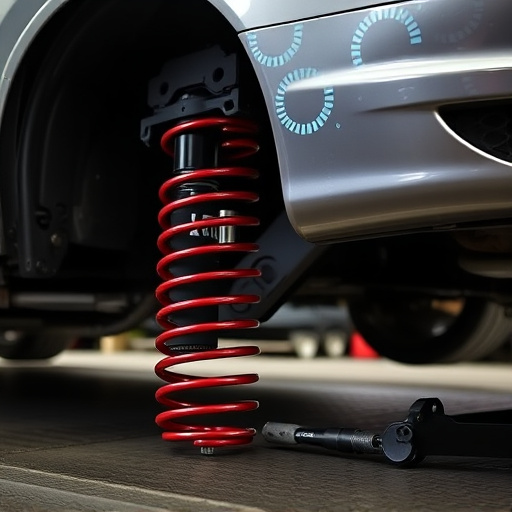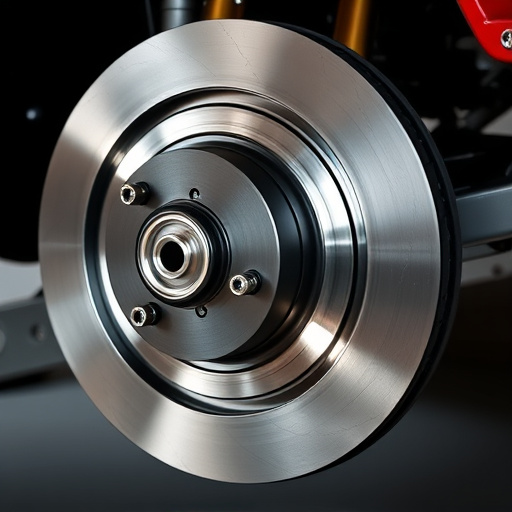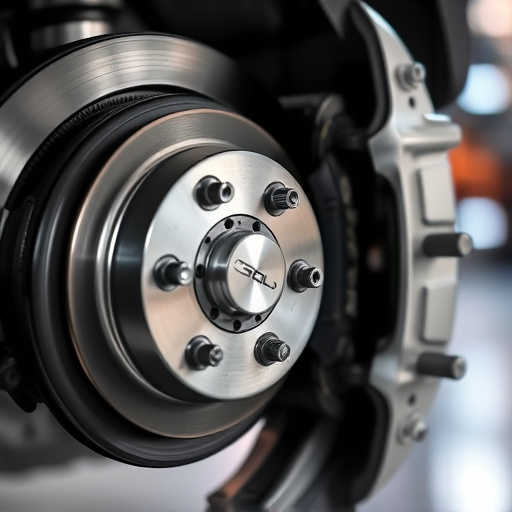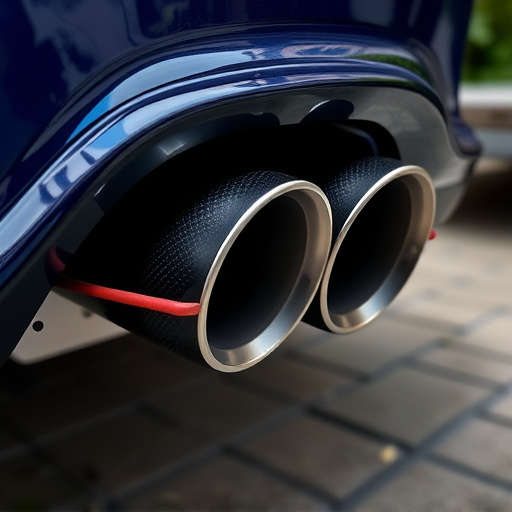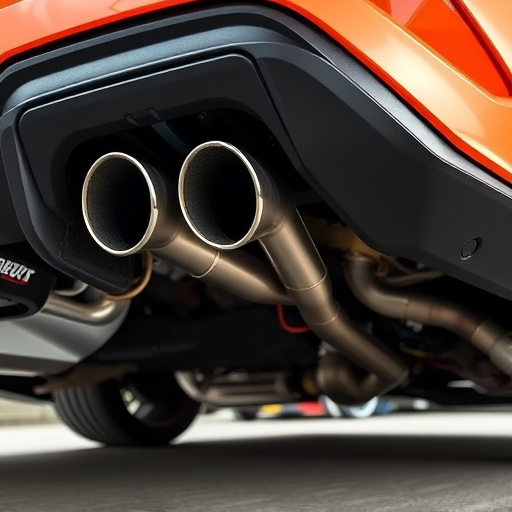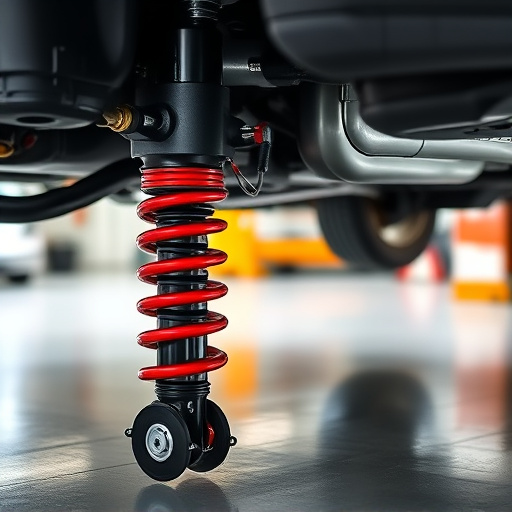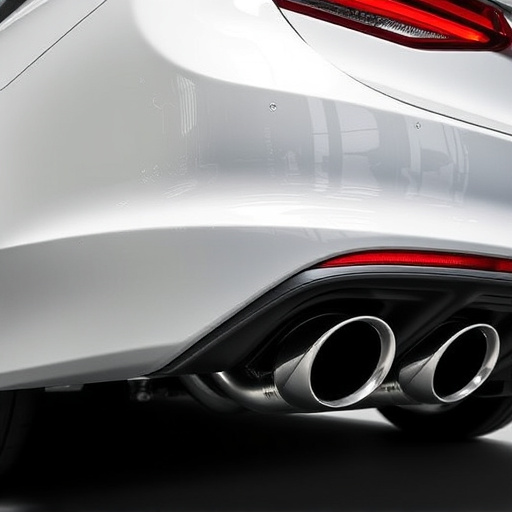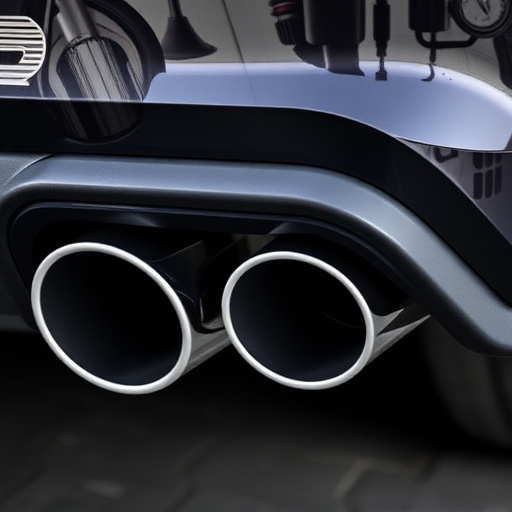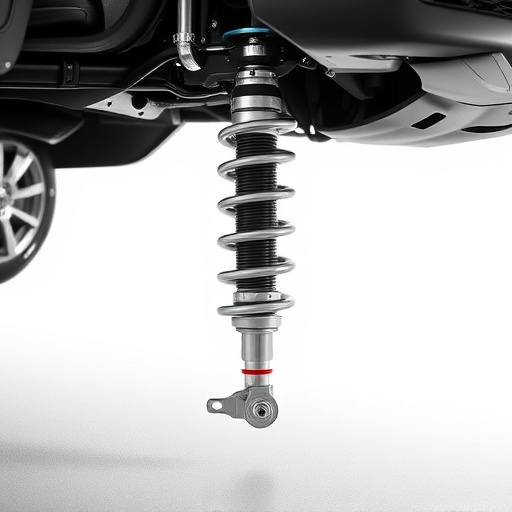Catalytic converters, crucial for modern vehicles, reduce harmful pollutants. Two types exist: three-way and oxidization converters, targeting specific emissions. Regular maintenance and monitoring signs like reduced fuel efficiency or unusual exhaust noises are vital for catalytic converter replacement. A step-by-step guide emphasizes safety precautions, including protective gear and ventilation.
“Wondering about that noisy car part under your hood? It’s likely your catalytic converter. This essential component cleans your exhaust fumes, reducing harmful emissions and keeping your vehicle running smoothly. But when does it need replacing, and what’s involved in the process?
This guide tackles all your questions about catalytic converter replacement. From understanding these converters’ basic function and types to recognizing when a replacement is necessary, we’ve got you covered. We’ll also walk you through a step-by-step process for safe, efficient installation.”
- Understanding Catalytic Converters: Basic Function and Types
- When to Replace Your Catalytic Converter
- Step-by-Step Guide: Replacing Your Catalytic Converter Safely
Understanding Catalytic Converters: Basic Function and Types
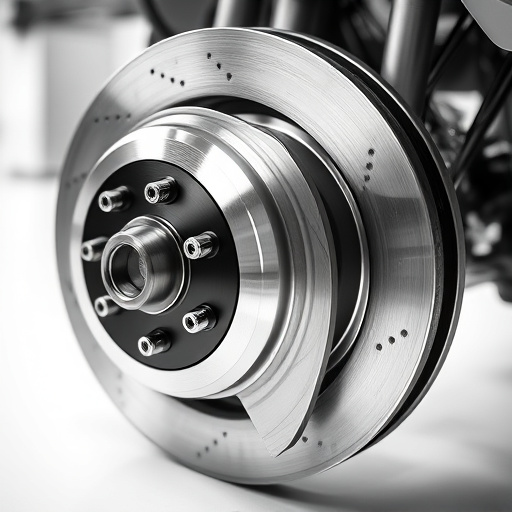
Catalytic converters are essential components of modern vehicles’ exhaust systems, playing a crucial role in reducing harmful pollutants and improving air quality. These devices work by facilitating a chemical reaction within the exhaust gases, transforming toxic substances into less harmful compounds. This process is vital for environmental protection and ensuring the safety of vehicle emissions.
There are several types of catalytic converters, each with unique designs to cater to various vehicle needs. The two primary categories are three-way catalytic converters and oxidization catalytic converters. Three-way converters simultaneously reduce carbon monoxide, nitrogen oxides, and volatile organic compounds, while oxidization converters primarily focus on converting carbon monoxide and hydrocarbons into less harmful substances. Understanding these basic functions and types is crucial when considering a catalytic converter replacement, ensuring the right choice for optimal vehicle performance and environmental compliance.
When to Replace Your Catalytic Converter
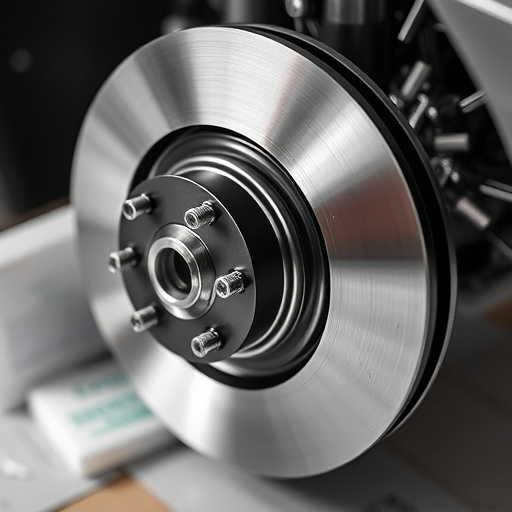
If you’ve been wondering when to replace your catalytic converter, it’s essential to be aware of certain signs and symptoms that indicate a problem. One of the primary indicators is a significant drop in engine performance, which can be noticed through reduced fuel efficiency or difficulty in accelerating. This often occurs due to the build-up of pollutants and harmful substances within the catalytic converter, impeding its ability to facilitate chemical reactions for emission reduction.
Another red flag is an unusual noise coming from your vehicle’s exhaust system, such as a loud rumbling or popping sound. This could be an early warning sign that your catalytic converter is failing or has already failed completely. Regular maintenance and inspection of your car’s air intake systems and exhaust mufflers can help in identifying potential issues early on, making it easier to schedule a catalytic converter replacement before more severe problems arise. Moreover, checking for leaks in your cat back exhaust system is crucial as they may indicate damage or corrosion that requires immediate attention.
Step-by-Step Guide: Replacing Your Catalytic Converter Safely
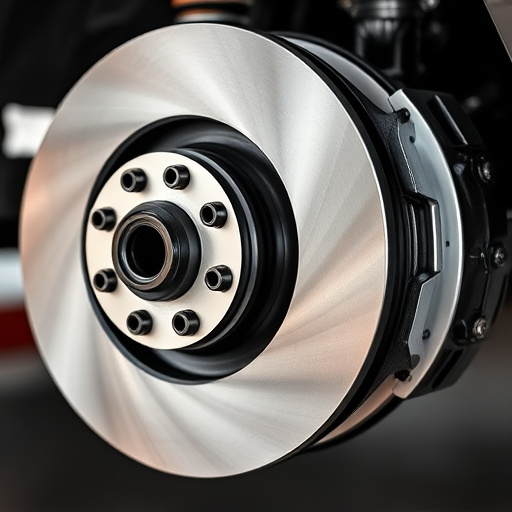
Replacing your catalytic converter is a task that many car owners may need to undertake at some point, and knowing the process can be beneficial. Here’s a straightforward guide to ensure a safe and successful replacement. Begin by locating the catalytic converter, typically found in the exhaust system beneath the vehicle. This component is usually secured with bolts, so you’ll need a socket wrench for removal. Before replacing it, consider the following safety measures: wear protective gloves and eye gear due to potential sharp edges, and ensure adequate ventilation as some converters may emit harmful fumes.
Once prepared, disconnect the converter from the exhaust system. This involves detaching the oxygen sensors, spark plugs, and any other associated intake components. Then, carefully lift the old converter out of place. With the converter removed, inspect your vehicle for any leaks and ensure all parts are in good condition. Now, you can install the new converter, ensuring it aligns correctly and is securely fastened with the appropriate tools. Reattach any intake components, such as a cold air intake, and double-check connections.
A catalytic converter is a vital component of your vehicle’s exhaust system, responsible for reducing harmful emissions. Knowing when and how to replace it is essential for maintaining your car’s health and performance. By understanding the basic function, different types, and signs that indicate its replacement, you can ensure your vehicle runs efficiently and safely. Following the step-by-step guide ensures a successful catalytic converter replacement process, empowering you to take control of your vehicle’s maintenance. Remember, prompt action when necessary can prevent costly repairs and contribute to a greener environment through reduced emissions.

